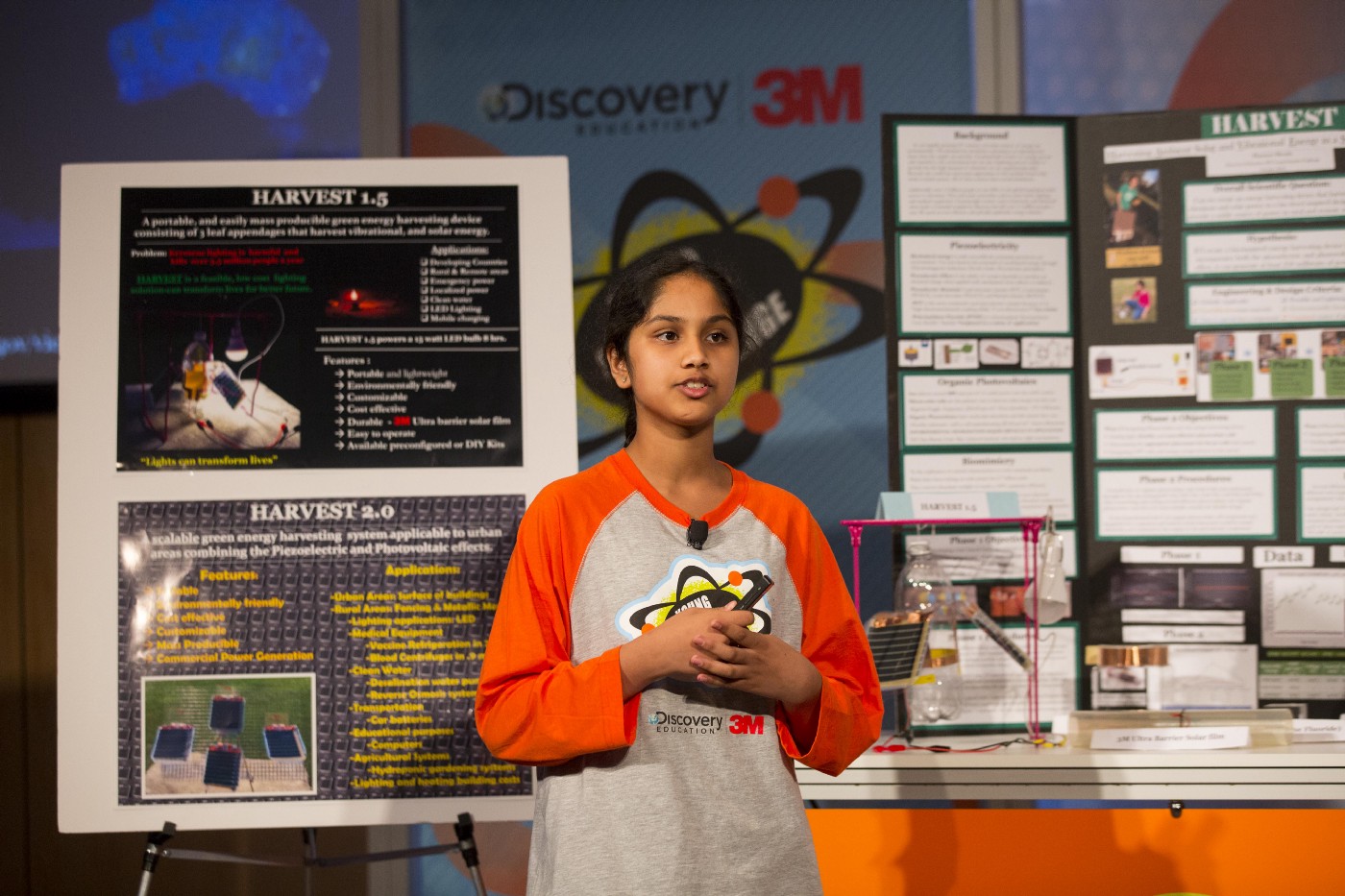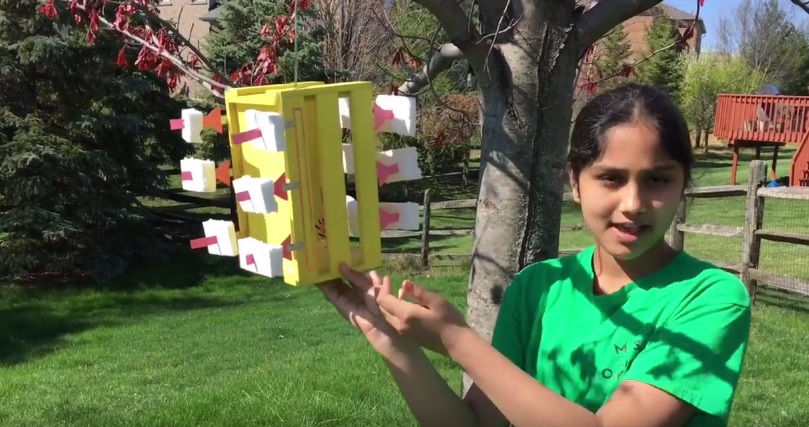(December 20, 2022) “Imagine a place where life ends after dark, where there are no electric lights for school work or refrigeration for perishables. This is not part of some dystopian society – it’s a part of our world today. Over 1.2 billion people lack access to electricity,” is how Indian-American girl Maanasa Mendu begins her TedX talk. Born and raised in Ohio, her first brush with the global energy crisis began when she visited her grandmother in rural India for her summer break, and witnessed persistent blackouts. Seeing children huddled over a single kerosene lamp, something shifted in the then teenager who was keen to make a difference. That’s when she designed Harvest – an energy harvesting device that combines piezoelectric effect that harvests energy from sun, wind and precipitation. It not only won her the grand prize in the Discovery Education 3M Young Scientist Challenge and $25,000, but also made her the youngest person to make it to the 2017 Forbes 30 Under 30 list at just 14 years of age.

Maanasa Mendu designed Harvest 2.0 to make clean energy accessible
That visit to India left her searching for answers. Upon her return, she began digging deep into information and found that 88 percent of the energy supply comes from non-renewable sources, which are not only harmful to the environment but also depleting. A renewable source was the answer but not many opted for it owing to its high cost. That’s when Maanasa took it upon herself to design an “inexpensive and potentially globally application energy solution.”
At age 11, she discovered piezoelectric effect (the ability of certain materials to produce an electrical charge when applied with mechanical stress) while reading about JRE’s railway station in Japan that has piezo electric floors that produce electricity from people’s footsteps. She knew she had found the perfect renewable energy solution. After a year of research and reading, the inspiration for piezoelectric “leaf” device struck here while watching tree branches sway in the wind during a storm. To her, the branches looked like piezoelectric materials – tiny devices that generate power through vibration. She soon began to imagine a renewable energy technology that could harness the energy in the wind and rain. This motivated her to work on her first design. While the initial idea was to focus only on wind power, she ultimately built a prototype that can harness solar and wind energy and the vibrations of rain drops. The device consists of three solar “leaves” that act as solar panels but also move and bend with the wind and rain. The design won her the Discovery Education 3M Young Scientist Challenge, which the Global Indian built using recycled materials for only $5.


Maanasa Mendu with the design of Harvest 2.0
“The issue with the energy crisis lies not in the fact that we lack ideas or solutions to solve it, but rather in the fact that we are unable to get these solutions to the people who need it the most,” said Maanasa.
When she began working on the design, her focus was only on wind energy as she wanted to solve the problem of how to capture wind in urban areas where wind turbines don’t make sense. But while working on it, she realised “there are a lot more untapped energy sources in our environment, like solar power and precipitation.” “If my device just relies on one specific environmental condition, the power output can vary throughout the day. Whereas if it relies on multiple environmental conditions–like sunlight intensity, wind speed, precipitation–all of these factors could create a more stable power source with a higher power output,” she told Fast Company.
Maanasa, who is studying at Harvard University, reveals that Harvest can power a 15watt LED bulb after three hours of charging. It took her three years to come up with Harvest, that has the potential to be the answer to the global energy crisis, and she says that it was curiosity that led her to the solution. She believes that “student inventors try to seek inspiration from everyday things. I feel like they connect the dots better.”
- Follow Maanasa Mendu on Twitter


